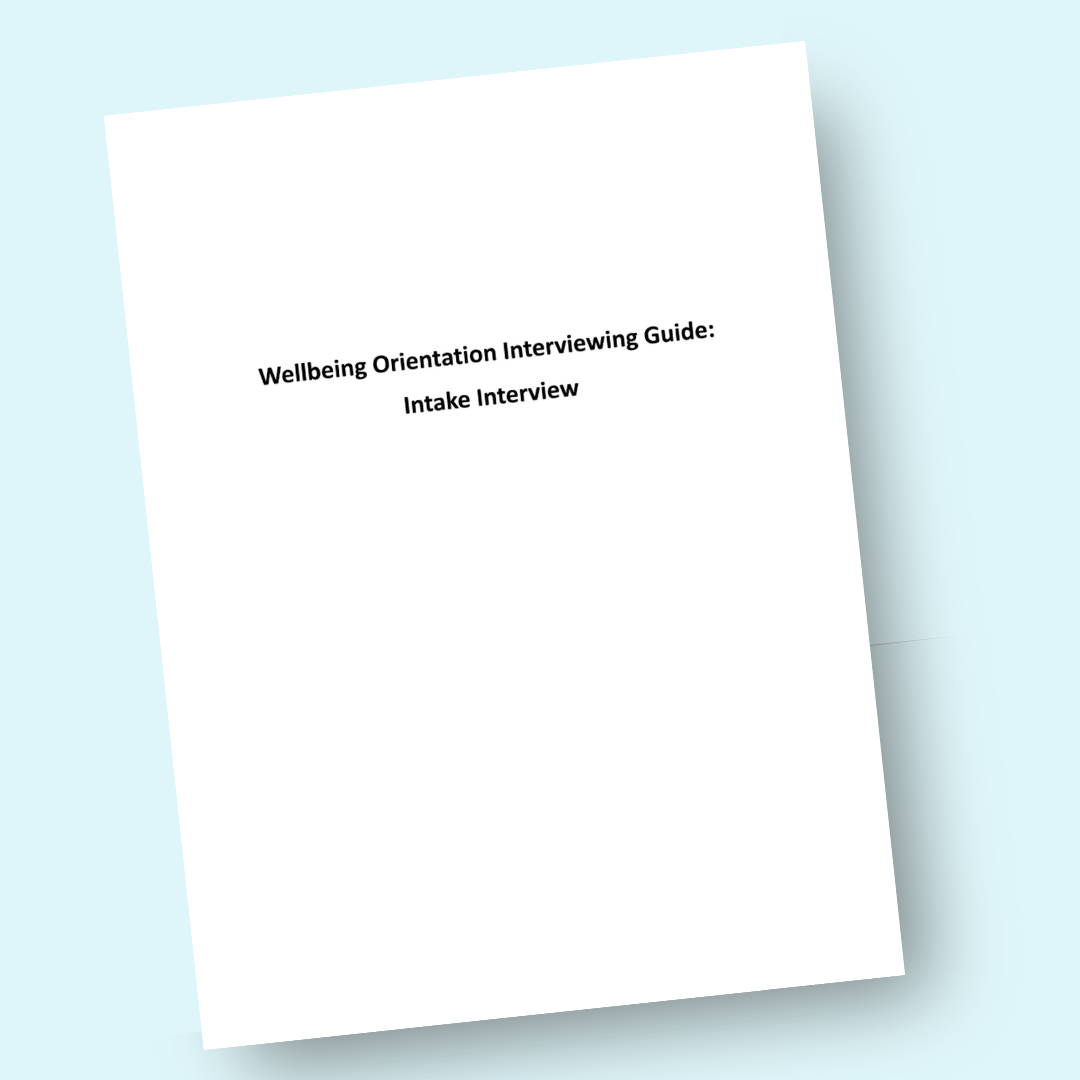
This guide offers conversational intake questions to uncover a fuller picture of individuals' wellbeing assets and tradeoffs, moving beyond a traditional Q&A approach.

This resource introduces Community Wellbeing Asset Mapping as a strengths-based approach that highlights what’s working in a community to support more accurate, wellbeing-centered decision-making.

This example showcases how the Neighborhood Action Council of North Flint used Community Wellbeing Asset Mapping to highlight community strengths and support more informed decision-making.

Even in short interactions, we can pay attention to tradeoffs and wellbeing.

This tool can help evaluate the tradeoffs for an individual who doesn't have a place to stay for the night.

This document shares the findings of a pilot study to better understand men who use violence in intimate partner relationships.
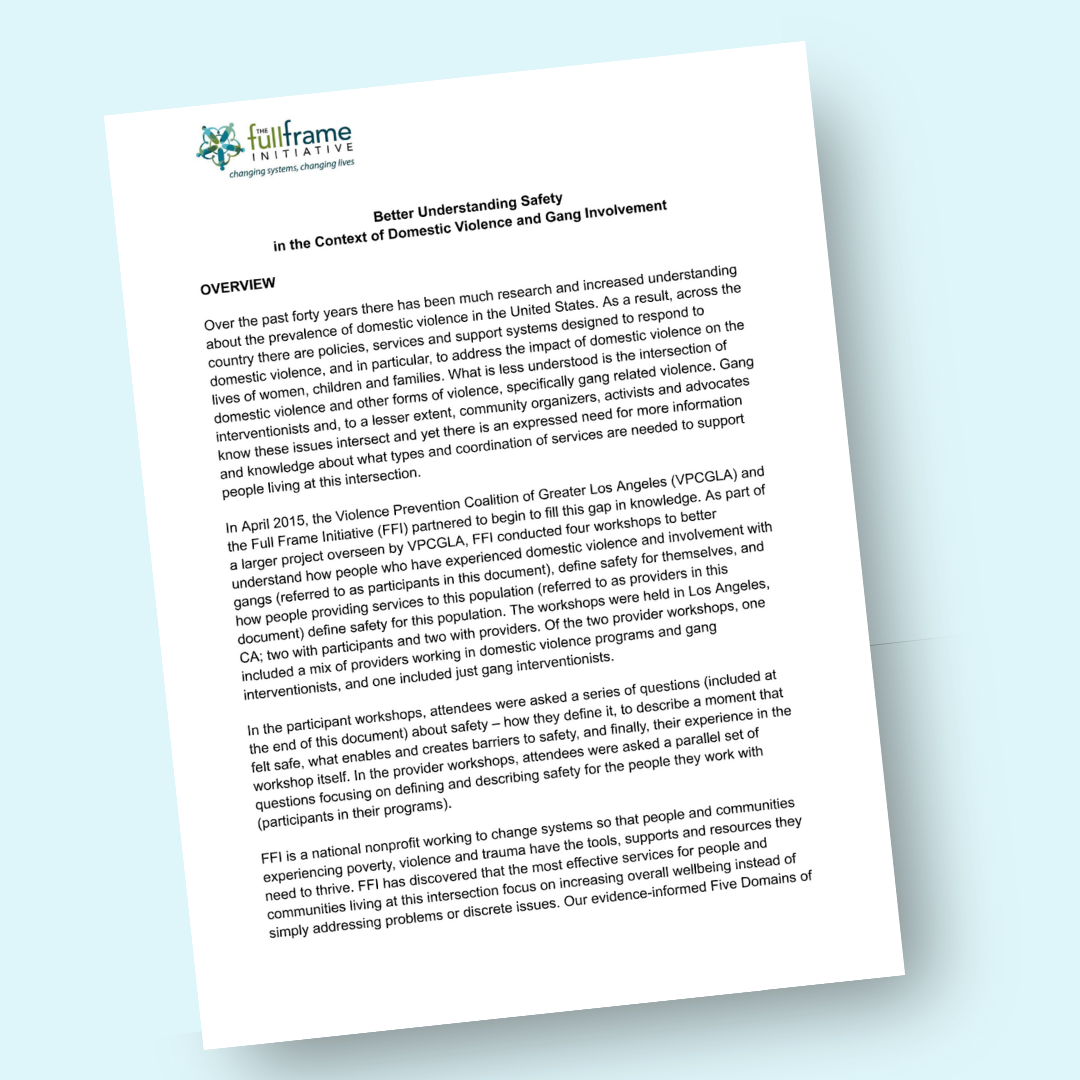
This document summarizes the results of workshops that helped understand the intersection of domestic violence and gang-related violence.
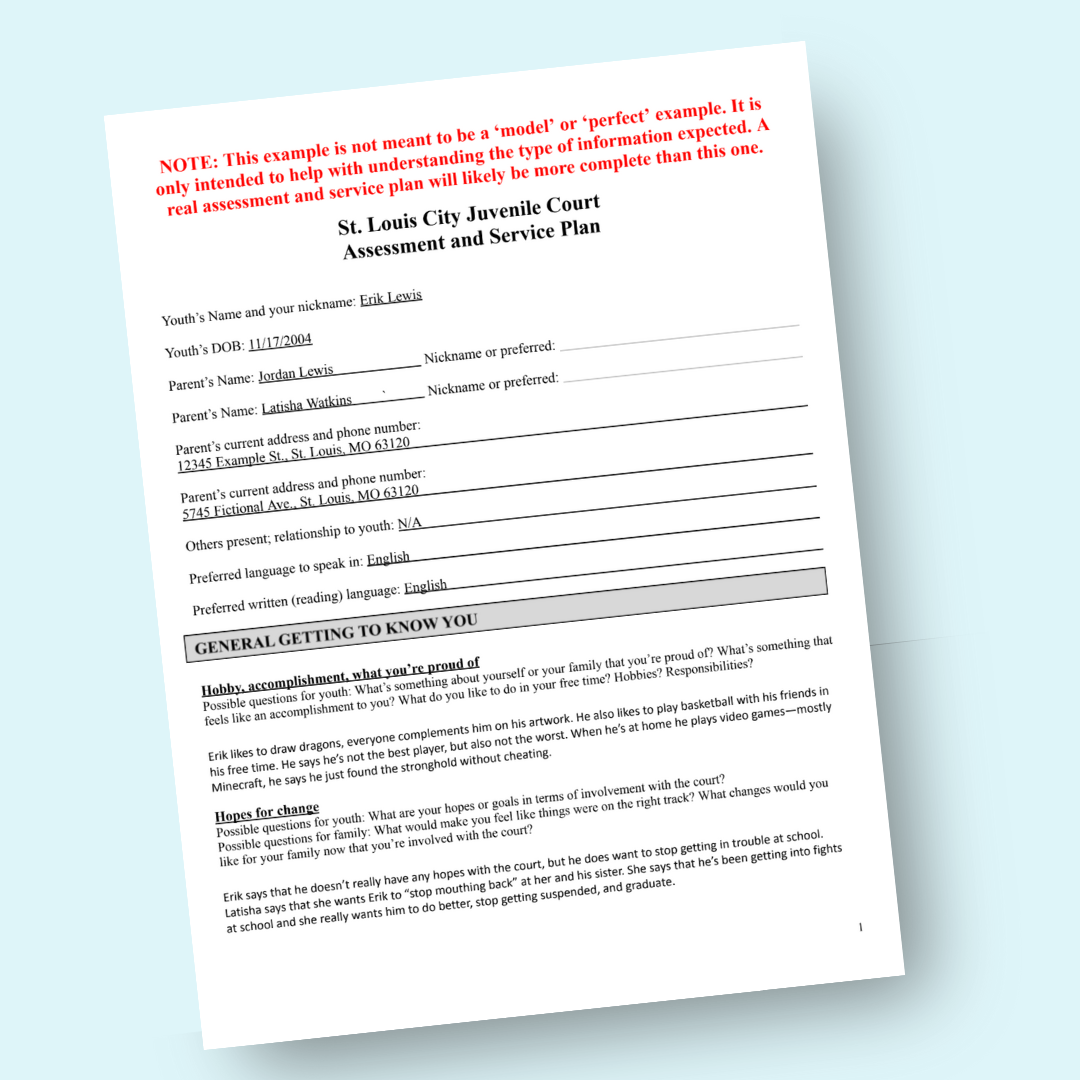
Example of how the Five Domains of Wellbeing can be examined during assessment and incorporated into treatment or action plan.

Example of how wellbeing measures can be used for tracking an individual or group progress within the Five Domains of Wellbeing.
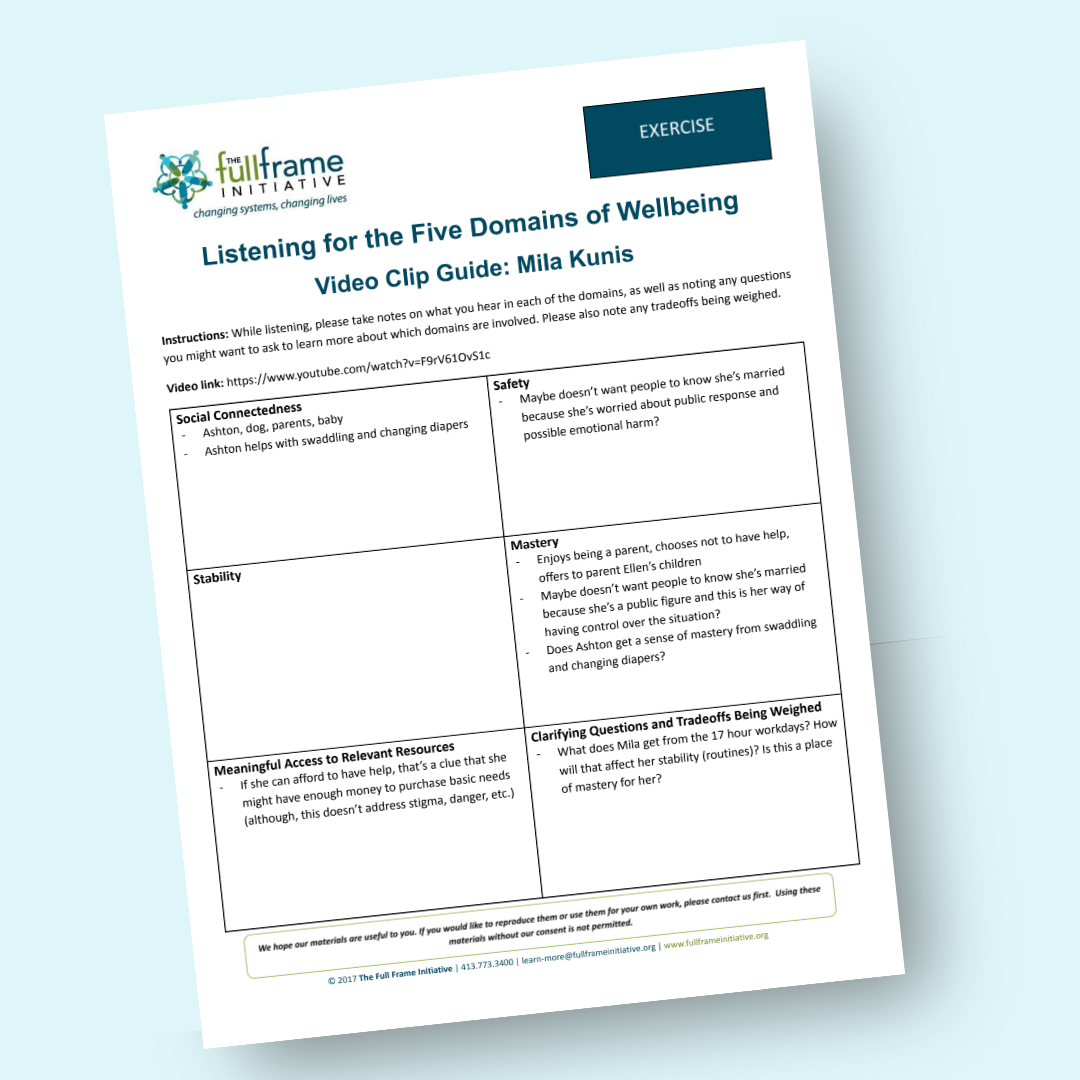
This is an exercise for practicing how to listen for wellbeing in everyday conversation, using a video clip of Mila Kunis.

This tool provides a list of questions to consider when collecting program data, either required by the program itself or by a funder.
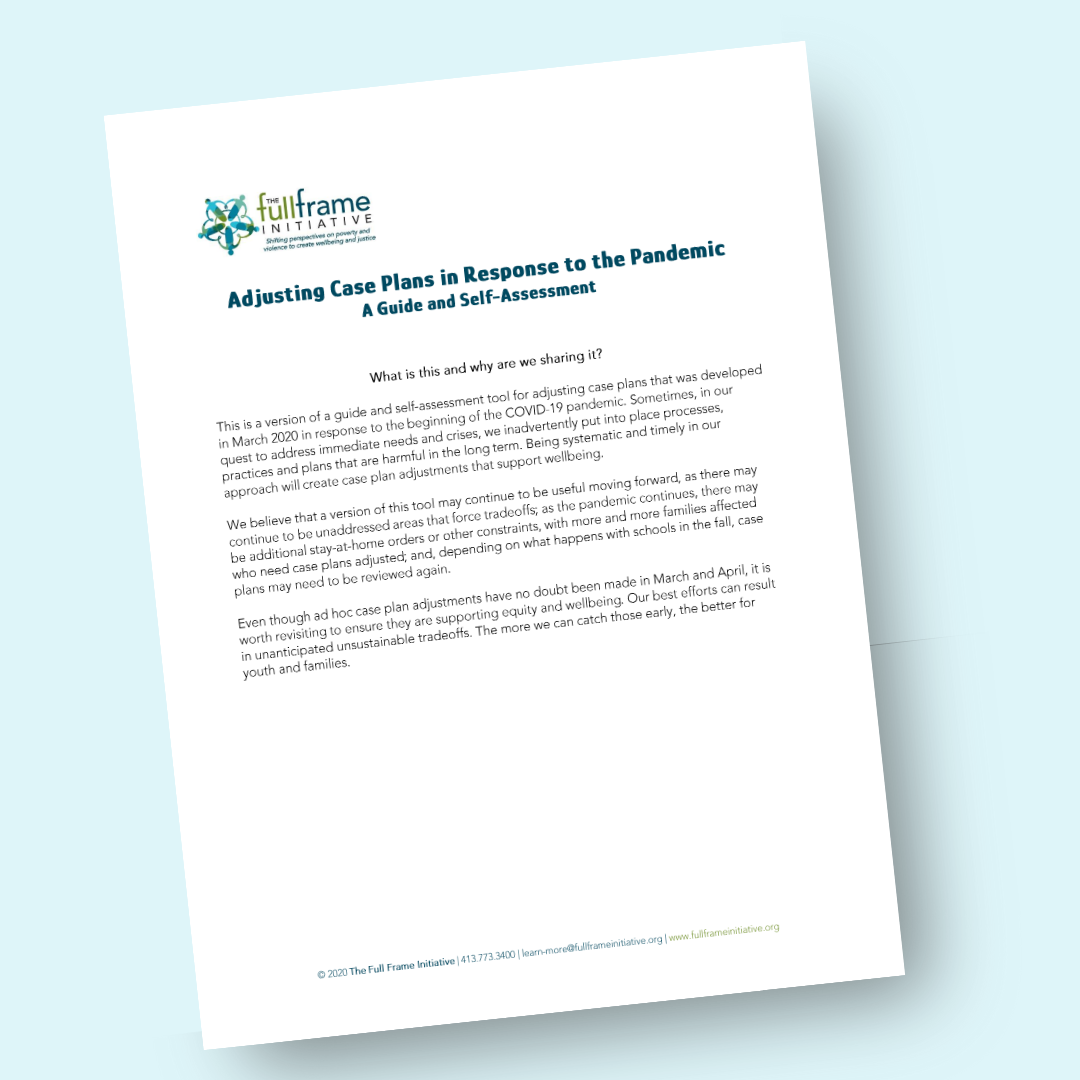
This guide and self-assessment tool for adjusting case plans was developed in March 2020 in response to the beginning of the COVID-19 pandemic.